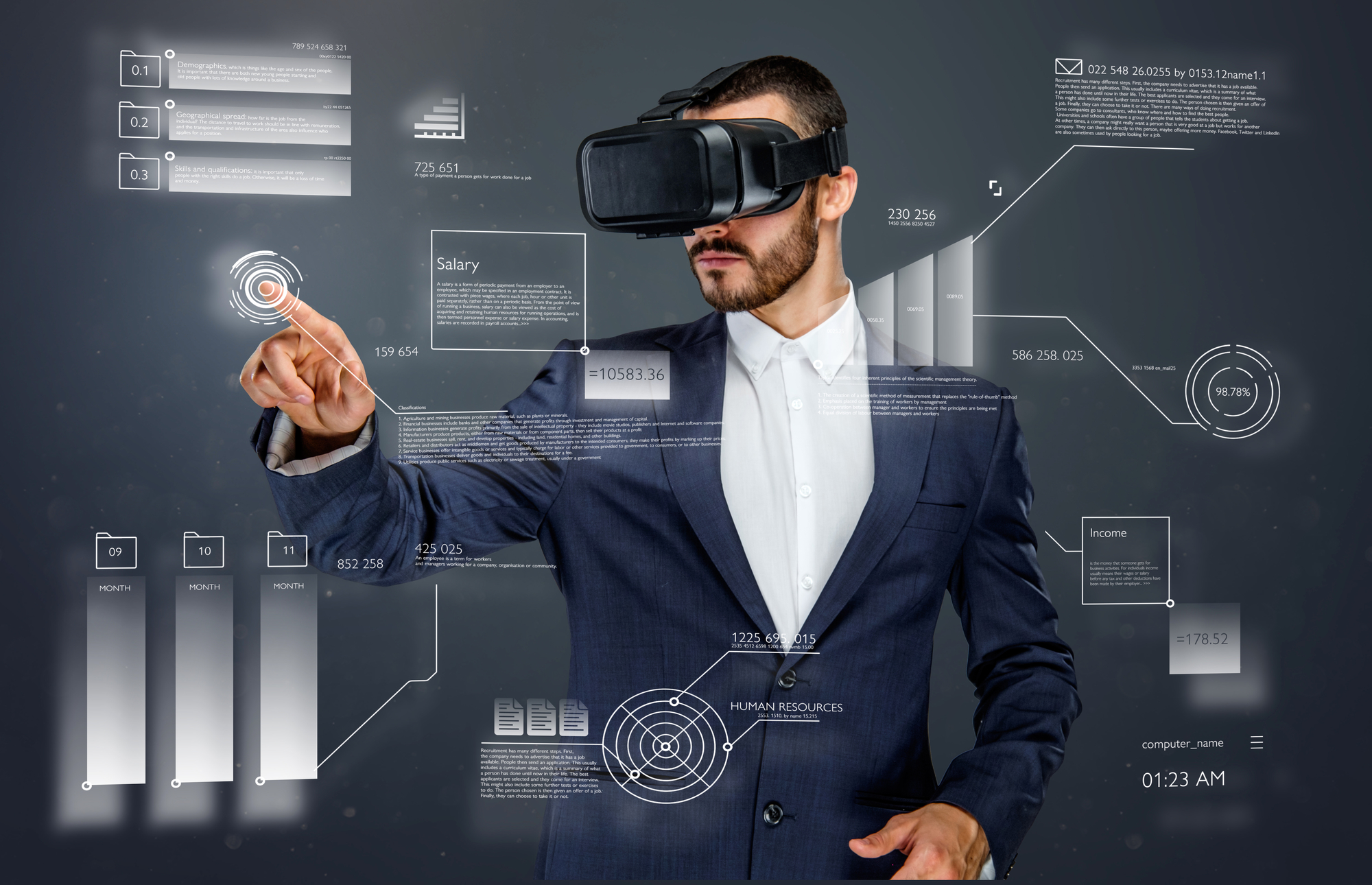
Navigating Realities: The Power of Spatial Computing
In the dynamic landscape of technology, Spatial Computing emerges as a transformative force, reshaping the way we interact with digital information in physical spaces. Let’s embark on a journey to uncover the intricacies of Spatial Computing and explore its profound impact on various facets of our lives.
Defining Spatial Computing: Beyond Screens and Boundaries
Spatial Computing transcends traditional computing paradigms by merging the digital and physical worlds seamlessly. It goes beyond the confines of screens, incorporating elements like augmented reality (AR), virtual reality (VR), and mixed reality (MR). This integration creates an immersive and interactive environment where digital content interacts with the physical space around us.
Augmented Reality (AR): Enhancing the Real World
At the forefront of Spatial Computing is Augmented Reality (AR), enriching our perception of the real world by overlaying digital information onto it. Whether it’s navigating directions through your smartphone or trying on virtual furniture in your living room, AR enhances our daily experiences by integrating virtual elements into the physical environment.
Virtual Reality (VR): A Journey into Immersive Realms
In contrast to AR, Virtual Reality (VR) immerses users in entirely digital environments, creating a sensory-rich experience. From gaming and entertainment to training simulations and virtual tours, VR transports users to new realms, fostering an unprecedented level of engagement and interaction within the confines of a virtual space.
Mixed Reality (MR): Bridging the Virtual and Real
Sitting at the intersection of AR and VR is Mixed Reality (MR), where virtual and physical elements coexist and interact in real-time. MR blurs the line between the physical and digital, allowing users to engage with both worlds simultaneously. This opens up possibilities in fields like education, design, and collaborative workspaces.
Spatial Computing in Design and Architecture: A 3D Revolution
Spatial Computing brings a 3D revolution to design and architecture. Designers can visualize and manipulate digital models in physical spaces, enhancing the creative process. Architects can use AR to overlay proposed structures onto existing landscapes, providing a tangible preview of their vision in the real world.
Spatial Computing in Healthcare: Revolutionizing Patient Care
In healthcare, Spatial Computing plays a transformative role in patient care. Surgeons use AR to visualize medical images during procedures, enhancing precision. VR facilitates therapeutic interventions and exposure therapies. The integration of Spatial Computing technologies improves diagnostics, training, and treatment methodologies.
Spatial Computing in Education: Shaping the Future of Learning
Education undergoes a paradigm shift with the incorporation of Spatial Computing. Students can explore historical events through AR, dissect virtual organisms in biology class using VR, or collaborate on projects in MR environments. Spatial Computing fosters immersive and interactive learning experiences, making education more engaging and effective.
Challenges and Opportunities: Navigating the Spatial Frontier
While Spatial Computing opens doors to innovation, it presents challenges. Issues like user privacy, data security, and the need for standardized frameworks are paramount. Addressing these challenges will unlock the full potential of Spatial Computing, ensuring responsible and ethical integration into various aspects of our lives.
Spatial Computing in Everyday Life: Shaping the Future
From gaming and entertainment to healthcare, education, and beyond, Spatial Computing is shaping the future of our everyday lives. As devices become more capable and technologies mature, the seamless integration of virtual and physical realities will become an integral part of how we work, learn, and play.
Spatial Computing: Navigating Realities with Possibilities
For more insights into the transformative world of Spatial Computing, visit aragec.com. Explore how this dynamic technology is navigating the boundaries between the virtual and the real, offering possibilities that extend far beyond our current understanding. The journey into the realm of Spatial Computing is an exploration of realities where innovation knows no bounds.
